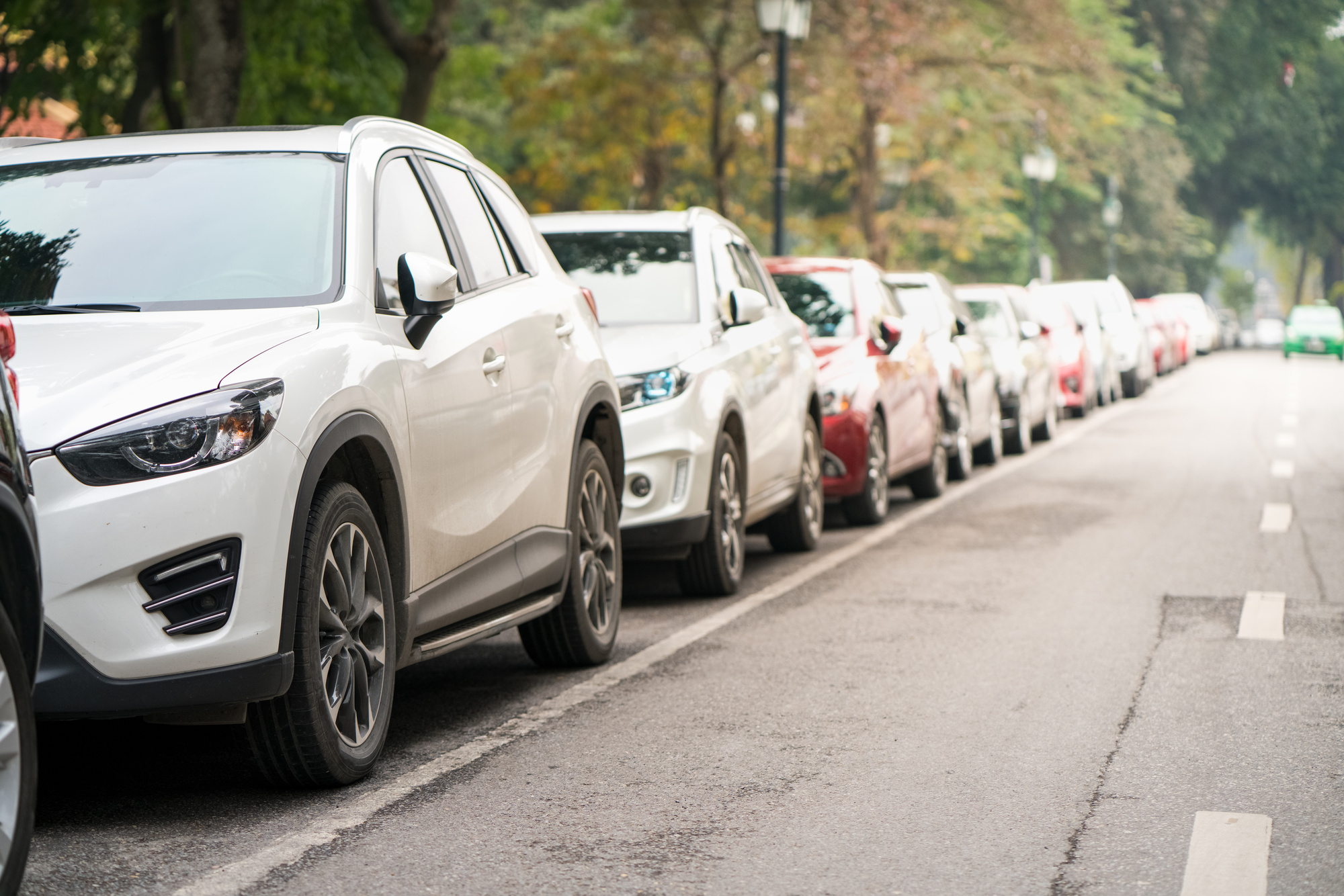
Are you having trouble learning parallel parking? Does it seem that despite all instructions, you are still not able to perform the maneuver properly?
Well, don’t worry. Parallel parking is not easy, and most people never get it. But you’re not most people, you’re special – that’s why you’re here.
In this article, we will cover parallel parking step-by-step. And by doing so, you will get a much more involved and intricate perspective on this process.
So if you’d like to learn how to master this necessary driving skill, keep reading.
Parallel Parking: Step-By-Step
First and foremost, the advice in this article is generally applicable across the board. You might need to change some of the references based on how your car handles, the size of the car, and the parallel parking circumstances. But for the most part, it doesn’t matter.
You should always practice parallel parking when nobody is around. An empty parking lot is your best bet. Flags and cones can be used about 25 feet apart. These will represent where other cars would usually be.
When you learn to park in a space without touching the markers, you can move on to the real world.
Look Carefully
When going out to try your parallel parking rule, make sure you find a space that your car can fit. Keep in mind that you will need extra room to attempt your first park.
Ensure that the area does not have “No Parking” signs, which would make your practice illegal. You can reserve parking in advance for easier training.
Signal Intention
When you’re ready, signal your right light to tell others that you will be parking in that spot. You need to claim the space so that nobody tries to steal it.
Stop Car
When your car is lined up with the vehicle ahead of your space, you need to stop your car. Your handbook usually recommends leaving at least 2 feet of space, though this is usually too much when you are parking on the right side.
Try to stop as close as possible to the vehicle.
Shift In Reverse, Look Around
When looking for traffic, you have to use the mirrors. Also, turn your head to examine any blind spots. Leave the signal light on to notify other drivers that they should not pull up close behind.
It might be necessary to wave drivers past if they do not understand your intention to turn. Only start to back up when you know it’s safe.
Sharp Steer
When your rear wheels clear the rear bumper of the nearby car, you need to steer sharply to the right. Turn the wheel completely to the right and hold it as you reverse.
You need to continue until your car is at least 45 degrees about the curb. When your front wheels are aligned with the rear of the other car, you’re in the right position.
The ride side-view mirror can be used as a reference as well. You should be at a right angle when you can witness both headlights in your left mirror. This will not work if the car behind is too far away.
Straighten & Reverse
Now you need to straighten the wheels by turning the steering wheel. After this, reverse in a straight line. Stop when your right mirror is in line with the left corner of the front car.
Continue reversing but now steer sharply to the left. Continue to do so but stop before you collide with the car behind.
Shift, Straighten, Pull
Center your car in the spot. Make sure you don’t hit the curb. Also, no part of the car should stick out in the traffic.
Leave an equal space between your car and the cars behind and ahead. After successfully parallel parking your car, you will be excited. If you need to leave the car, don’t neglect the appropriate protocol. Ensure the break is active and exit with care.
How to Pull Out From the Spot
Pulling out of the spot is much easier than getting in. It can still be challenging, so don’t get overexcited.
Ensure your wheels are straight. Slowly reverse back while looking in the mirrors and over the shoulder. Don’t back up too far.
Turn your head and use mirrors to examine all around for other drivers and pedestrians.
Signal intention to move into the traffic lane, use your rear mirror to keep aware.
Turn your head over the left shoulder, steer left and start driving forward when it’s safe to do so. Look to the front to ensure that you can clear the vehicle ahead.
Check again for hazard by looking over your left shoulder, propel forward, and align yourself with traffic when safe.
You might feel rushed when doing your parallel park or exiting, but it’s important to take your time. Moving slowly will let you get acquainted with points of reference and park effectively without damaging other cars.
If you need help, ask for it. Don’t hesitate to have a confident parallel parker to show you how it’s done.
Parallel Parking Accomplished
Now that you know how to perform parallel parking, you are well on your way to master this necessary skill. In any case, you have plenty of time and nobody is rushing you. Don’t hesitate to learn over a longer period of time, and take it slowly.
Get some practice in empty space and slowly transition into real-world scenarios. If you’d like to learn more about driving, check out some other articles in the filtered category.
